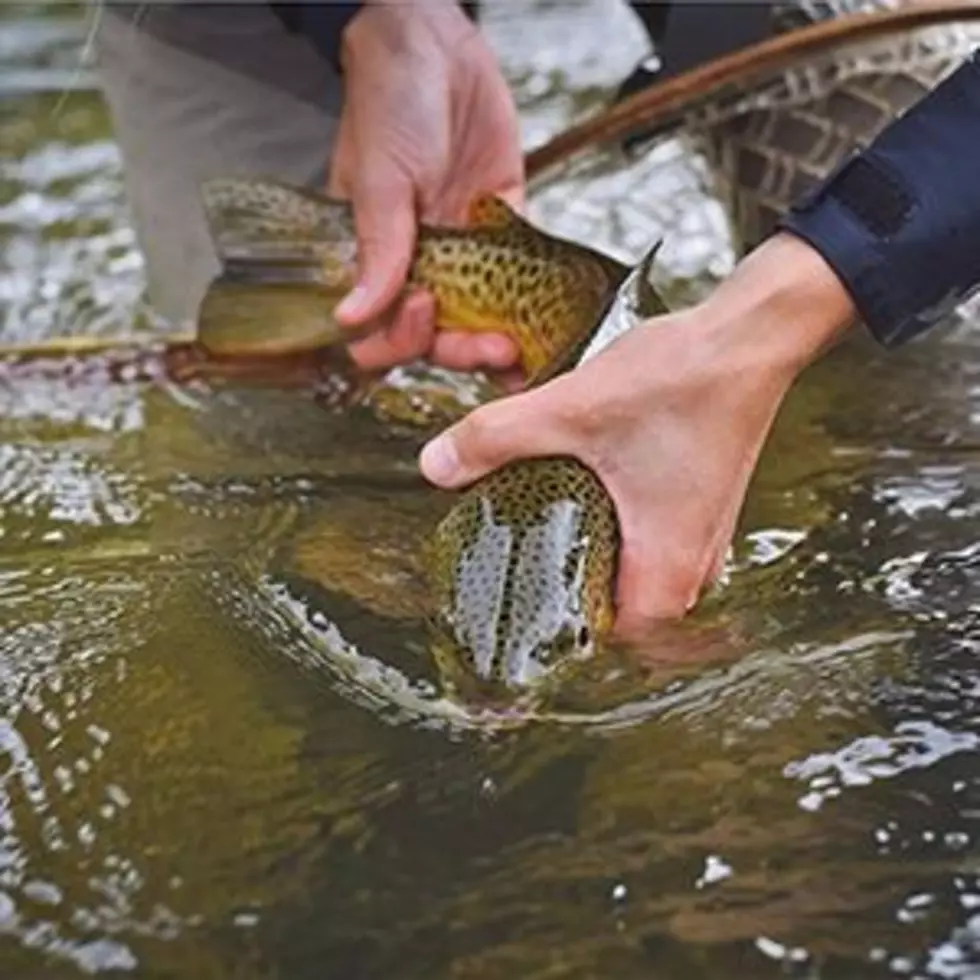
Montana FWP fishing regulations to see more frequent review
Montana Fish, Wildlife & Parks is changing its process to review and publish fishing regulations every two years instead of every four. Montana Trout Unlimited is backing the shift so that fewer regulations are changed after the fact.
FWP is hosting statewide meetings this month to let Montanans know of yet another change to the way it does business. Starting this year, the frequency of fishing regulation changes will increase to every other year, a process similar to that of hunting regulations. Fishing regulations will be published in odd-numbered years while hunting regulations will come out in even-numbered years.
Also, the FWP commission will see the proposals only once when they’re brought forward for final approval. Previously, the commission would vote to send initial proposals out for public comment and then vote on the final proposal after public comment. In the new process, the initial proposals will directly to public comment and more comment will be allowed on the final proposals.
Montana Trout Unlimited spokesman Clayton Elliott said FWP Director Hank Worsech approached Trout Unlimited about changing the regulation cycle. The organization agreed to support the two-year cycle if it meant the department would strongly discourage any changes after the regulations are finalized, Elliott said.
“My understanding with the director is that this is going to be justification to avoid doing this ‘writing regulations haphazardly at the podium’ every meeting when one or two people complain to one commissioner and then we open up the whole fishing regs,” Elliott said. “The director and I have talked about this, and this is our joint effort to say, ‘Nope, we’ve moved from four years to two years, we’re going to take (the regulations) all at once, and they’re going to be informed by science and biology and not done as one-offs.’”
Elliott said there have been a number of incidents in the past year or so where commissioners have made motions to change various regulations that were already finalized. One agenda item reversed the new limits on kokanee catch in Georgetown Lake.
But the issue that stood out for Elliott was an effort to regulate brown trout fishing on the Big Hole River. Brown trout populations are dwindling, and it appears to be mostly due to low flows affecting the survival of young trout. One group thought the situation was urgent enough to propose some changes.
“We sat down here in Butte with all the stakeholders and biologists and put together a plan to do scientifically designed tests with controls to see if we can move the needle at all. And then the commission basically threw it all out and tried to add their own ideas. This was the problem of trying to write regulations at the podium,” Elliott said. “It’s not good for anglers knowing what the regs are. Those regs were changing all the time. After that August mess, we came back and changed them again in October, and then they were opened again later in the spring.”
Nothing can stop commissioners from proposing changes. But they’ll be highly discouraged from doing so with the rationale that it won’t be long before the next regulation review, Elliott said.
Fisheries Division chief Eileen Ryce said that under the previous four-year cycle, the changes to the regulations were to have occurred next year. Now, it’s been pushed up to this year, and the resulting regulations will be in effect for the 2023-2024 season.
The fisheries division is also asking anglers for their ideas of what regulations they might like to see. The deadline for public proposals is May 27. The first public comment period will likely occur in August
In a May 11 Zoom meeting, Ryce said regional biologists would assess all public suggestions to ensure they’re legal and make biological sense. The commission will receive copies of all proposals, but the department will sponsor only those that preserve the resource.
Ryce said FWP leadership made the changes to be more responsive and make them easier for the public to follow.
“Things got a little choppy during the elk-season-setting during the recent commission meetings. There was a lot of confusion on what the public was commenting on, and changes were getting made at the last minute. So we’re trying to avoid that,” Ryce said. “It’s a different process, and it’s all happening a little quicker than we would have preferred. But hopefully, we can get everyone’s proposals vetted through the department.”
Commenter Tom Dunn asked if the two-year cycle was just a pilot program because two years doesn’t provide enough time to see population responses in fish. By contrast, big game populations are harvest-limited and the situation in a hunting district can change noticeably within a few years, so a two-year cycle is appropriate. But with fish, it takes a lot longer to see the effect of regulation changes – e.g., closing a stream or making it catch-and-release only to build a population.
Elliott said fisheries biologists say it usually takes six to eight years to see results in fish populations.
“I would love to operate in a perfect world but we don’t. We’re not going to get to six to eight,” Elliott said. “I think the biologists and I will be standing at the podium trying to give the regs a chance to work for more than two years.”
In Missoula’s Region 2, the local public meeting on the fishing regulations will be Wednesday at 6 p.m. at the FWP Region 2 Headquarters at 3201 Spurgin Road.
Contact reporter Laura Lundquist at lundquist@missoulacurrent.com.
